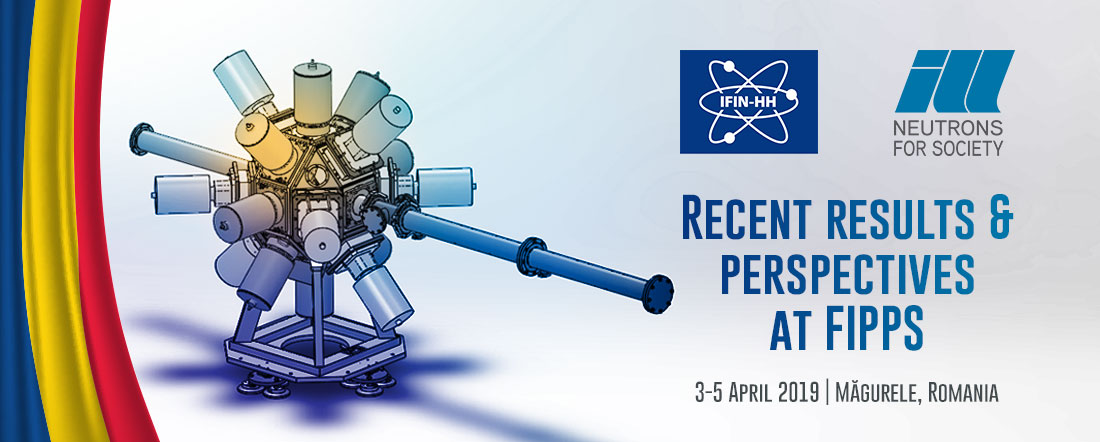Speaker
Description
Lifetime measurements allow extraction of fundamental information on the nature of the excited states of a nuclear system. Since nuclear lifetimes cover many orders of magnitude, a number of experimental techniques and detection setups have been developed depending on the range of the lifetime of interest. The Gamma-ray Induced Doppler Shift Attenuation (GRIDSA) Method presented here is applied to the measurement of very short lifetimes, in the femtosecond range. It allows determining the nuclear lifetime by measuring the Doppler shift of a gamma ray emitted from the state of interest, in different directions with respect to a coincident preceding gamma ray, populating the same state and inducing a recoil of the nucleus in the target material with velocities of the order of 104-105 m/s. We realized an experiment in order to test the GRIDSA technique for the measurement of fs lifetimes after (n,gamma) reactions. The measurement was performed at the Institut Laue-Langevin (ILL) with 8 Ge-clover detectors of the FIPPS array. Preliminary results are discussed.

